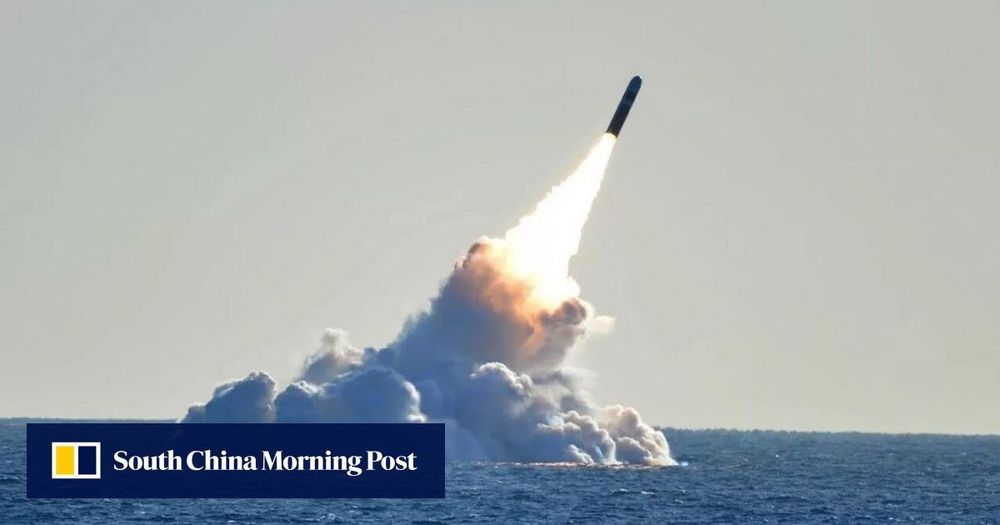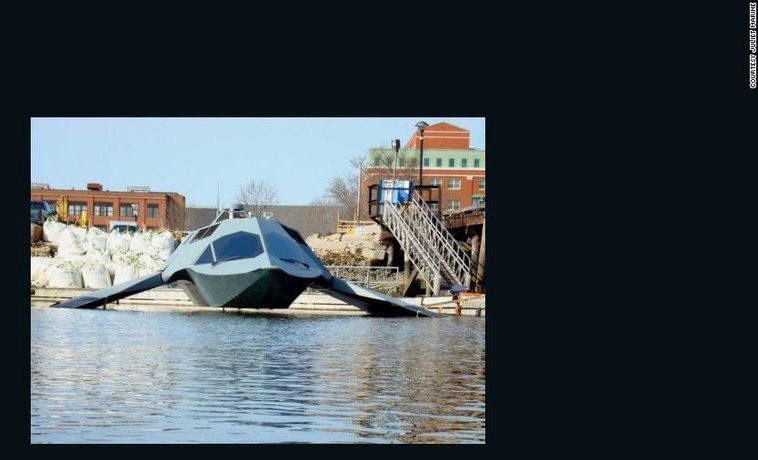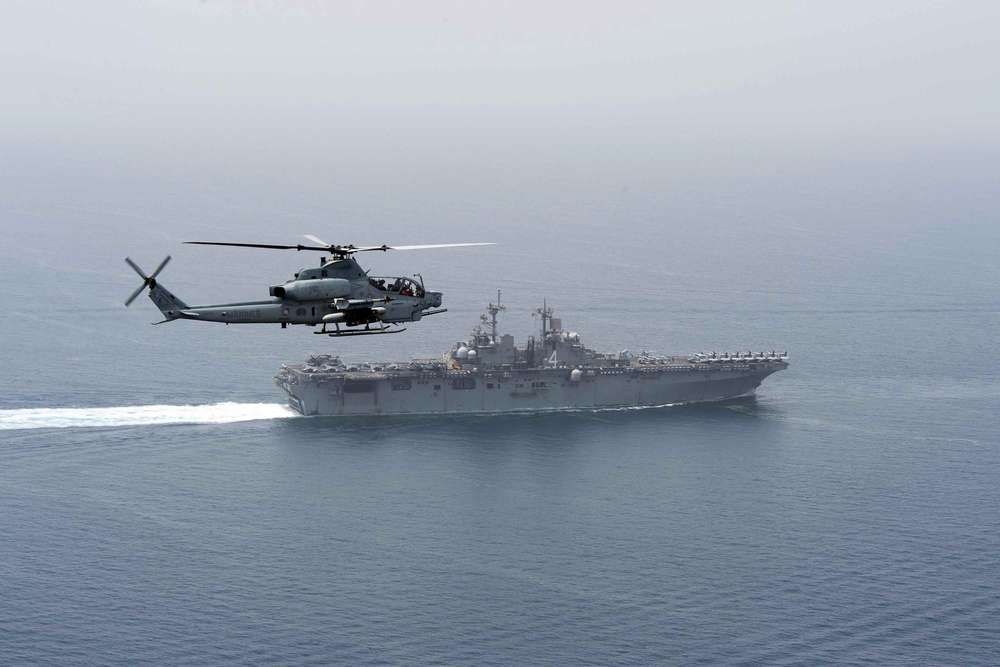
The U.S. Navy is teaming up with DARPA to develop autonomous, robotic ships that are completely human free. The NOMARS (No Mariners Required Ship) concept, if successful, would be a huge leap over current unmanned surface vessel development efforts. The result could be a warship able to do the tedious, dangerous, and dirty jobs all by itself, keeping human-crewed ships safe from harm—and boredom.
The Navy, struggling to grow the fleet on a flat defense budget, is making a big push into unmanned surface vessels, or USVs. The Navy plans to build ten Large Unmanned Surface Vehicle ships, 200 to 300 foot long vessels displacing 2,000 tons, in five years. LUSV would act as a scout, sailing ahead of the fleet to detect threats early, or floating magazine, carrying a large load of missiles. LUSV would ideally be autonomous, or optionally manned with a small crew.

















